Door error on Ariston washing machine
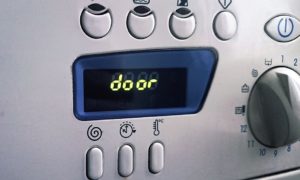 If an Ariston washing machine shows a Door error, then owners familiar with the English language will immediately understand that there is a problem with the hatch door. But everything is not so simple: this problem is also manifested by the “F17” combination or the blinking of certain indicators. Our instructions will help you accurately diagnose the nature and extent of the breakdown, recognize the signs and repair the defect.
If an Ariston washing machine shows a Door error, then owners familiar with the English language will immediately understand that there is a problem with the hatch door. But everything is not so simple: this problem is also manifested by the “F17” combination or the blinking of certain indicators. Our instructions will help you accurately diagnose the nature and extent of the breakdown, recognize the signs and repair the defect.
Nuances of code manifestation
First of all, it is necessary to recognize the “door” fault code. The easiest way is if the machine has a display and displays “door" or "F17". Together with that:
- after startup, the cycle and water intake do not begin;
- the selected program is interrupted;
- The hatch door does not open at the end of the cycle.
The self-diagnosis system more often displays the “door” error when starting the machine, less often at the end, and in extreme cases, in the middle of the cycle.
It’s another matter if the Ariston washing machine does not have a display. Then you will have to navigate by the blinking indicators on the dashboard. The order and intensity of the indication depends on the machine model.
- The oldest models have only two lights - power and door lock. Therefore, you can guess about the problem with the hatch by a series of flashes of 17 instantaneous flashes of the power button. The signal is repeated at intervals of 4-5 seconds. At the same time, the selector rotates clockwise, and the unit makes unusual clicks. Often the picture is complemented by the flickering of the UBL key.
- Ariston machines of the AV, AVL, AVTL, AVSL and CDE model range are equipped with many warning lights.If there is a “door” error, only two are lit: “Spin” and the bottom button “Additional rinse” or “Reduce spin speed”. The “Key” indicator will also blink, and at a high blinking frequency.
- Hotpoint-Ariston washing machines of the “Low-End” series (this includes ARSL, ARTL, ARXL, AVM and ARUSL) talk about problems with hatch slamming differently. Here you need to pay attention to the LEDs called “Rinse” and “Key”. Some are located in a vertical line near the cycle phase indicators. It is possible that all other lights on the dashboard will blink. But the exact location of the signal keys depends on the model. Thus, in Hotpoint Ariston slot machines of the ARTF, AVC, ECOTF brands, the buttons are installed vertically, and in ARTL, ARXL, BHWD, BHWM - horizontally.
- Hotpoint Ariston models of the Aqualtis type that do not have a display, for example, AQSL, AQS0L, AQ9L machines, signal a breakdown of F17 by flashing two combinations. Most machines with six temperature lights cause the first and fifth ones to blink (“No heating” and “60°C”). If there are only five temperature options, then the LEDs opposite the words “No heating” and “90°C” will flicker.
In most cases, it is not difficult to determine that the self-diagnosis system displays a “door” error. But diagnosing the problem is only the first task. Next you need to fix the problem and repair the unit. We will describe in detail how to do this in the instructions below.
What's broken?
Before thinking about what to do to correct the situation, it is worth more accurately determining the nature and scale of the trouble that has occurred. Yes, the signal code “F17” or “door” directly indicates the impossibility of closing the hatch. That is, the drum door does not close tightly or the control board “does not see” the blockage that has occurred.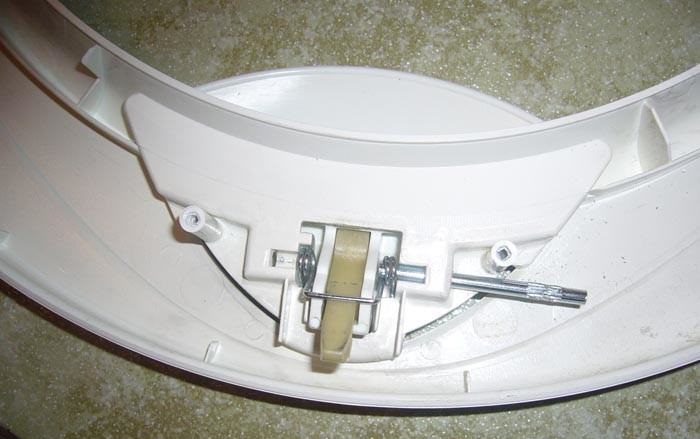
In other words, the UBL or hatch blocking device has failed. The problem is unpleasant and requires immediate elimination. But not everything is so bad: a real problem is rare, and more often users are faced with their own inattention or a program failure. This is most likely one of the common problems.
- The door is not tightly closed. Often, in a hurry, we do not press the hatch against the body tightly enough or do not notice the underwear stuck in the cuff. Therefore, first of all, we try to open and close the door again. If a characteristic click is heard, then the closing was successful.
- Power outages. Remember that if U drops below 200 Volts, the UBL will not work. This happens when using an Ariston washing machine in a private home. To correct the situation, it is necessary to include a voltage control relay in the chain.
- Dirty locking mechanism. If you do not clean the machine regularly, foreign objects or dirt may get into the hole in the lock for the hatch tongue. The solution to the problem is a thorough inspection and cleaning.
- Loose door hinge fasteners. This will lead to the fact that the tongue will not be able to get into the locking mechanism and the door will not be able to close completely. The necessary repairs involve tightening the fasteners.
- System failure. The Ariston machine may simply “fail”: it may not read the signal about a blockage that has occurred or display the display incorrectly. If the error occurs for the first time, it is better to reboot the unit first. It is enough to disconnect the machine from the power supply, wait 5-10 minutes and restart. If the code disappears, then the problem is solved.
- Loose contacts. Ariston, like any washing machine, vibrates when washing.Often, excessive vibration affects the wires coming out and displaying the “door” error. To repair the machine, you will need to carefully check the contact connections.
Serious damage occurs extremely rarely. But if none of the mentioned problems are found, then the problem is hidden in other problems. To continue washing, you will have to repair the unit yourself or with the help of professionals.
Signs of breakdown and repair
Before you begin to solve the problem, it is worth accurately diagnosing the problem that has arisen. If among the signs of a breakdown is a door that does not close, a lock that disappears in the middle of a cycle, or a hatch that does not open at the end of the program, then UBL is 75% to blame. As already noted, it is responsible for achieving a seal in the drum and a locked door. The device cannot be repaired - only a full replacement.
Another possible failure is a faulty control module. The control board coordinates the operation of the machine, reads and transmits commands from one element to another. When the electronic controller begins to slow down, the relationship is disrupted and the system generates an error. The cause will be burnout of resistors, LEDs, triacs or varistors.
Other problems are often to blame for the display of “F17” or “door”:
- oxidized or burnt contacts on radio elements;
- failures in the control board firmware;
- faulty electronic controller processor.
In case of any problems with the board and radio elements, it is necessary to repair, reflash or replace the “brains” of the machine.
Among the reasons may be worn out electric brushes on the commutator motor. On many Hotpoint Ariston models, the board controls the operation of the UBL through monitoring the circuit, which includes the engine.If damage is detected on the engine, for example, wear carbon brushes, then the system often interprets it as problems with the hatch blocking. It is logical that repair will have to be replaced.
When an electric motor breaks down due to burnt lamellas or a broken winding, it is necessary to replace it entirely.
If it is impossible to close the hatch tightly because the door tongue does not fit into the housing opening or there is no click, we proceed differently. First of all, we pay attention to two points.
- Door hinges. The door is probably warped and cannot fit into the factory grooves. The reason for loose clamps is due to mechanical stress, for example, when children ride on an open hatch. To continue washing you will need to replace one or two holders.
- Locking mechanism. Both natural sagging and mechanical shock can break the tongue. As a result, the tongue does not fit into the groove. Disassembling the hatch and replacing damaged parts will help solve the problem.
Often the guide of the locking mechanism “jumps out” from its seat, and it is enough to return it to its previous position.
The last reason leading to “F17” or “door” is damage to the wiring in the area from the module to the UBL. Telling signs will be the failure of the lock to operate, its disappearance during the washing process, or the display of an error during the spin or drain cycle. Such troubles can be caused by abrasion of the conductor on the sharp edge of the drum or damage to the insulation by rodents. It is safer and more reliable to turn to professional repairmen. If you decide to act alone, then we avoid twists and loose connections.
Interesting:
Reader comments
- Share your opinion - leave a comment

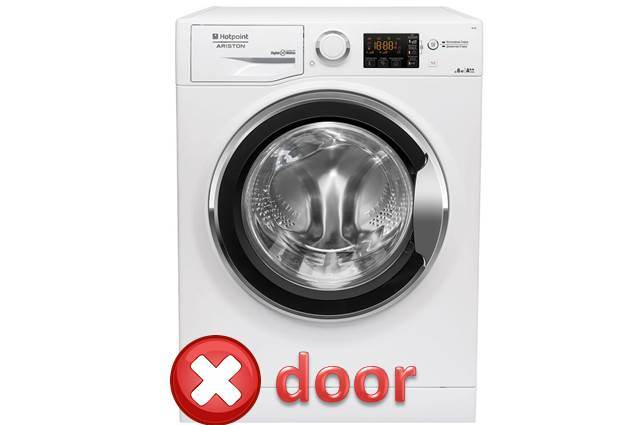

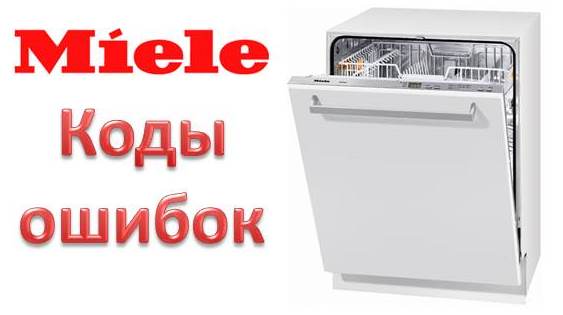
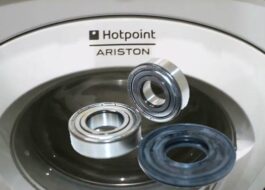

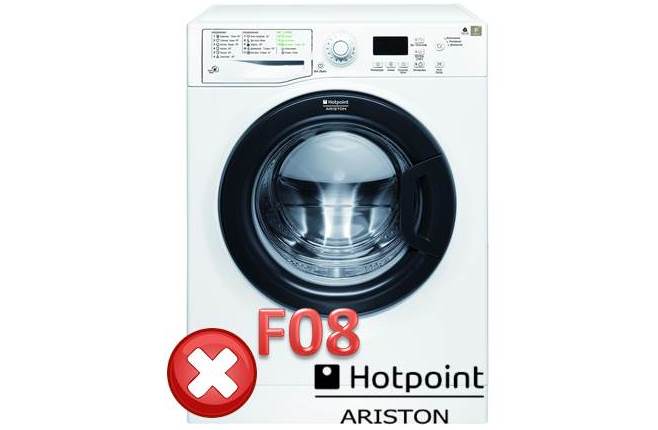














Add a comment